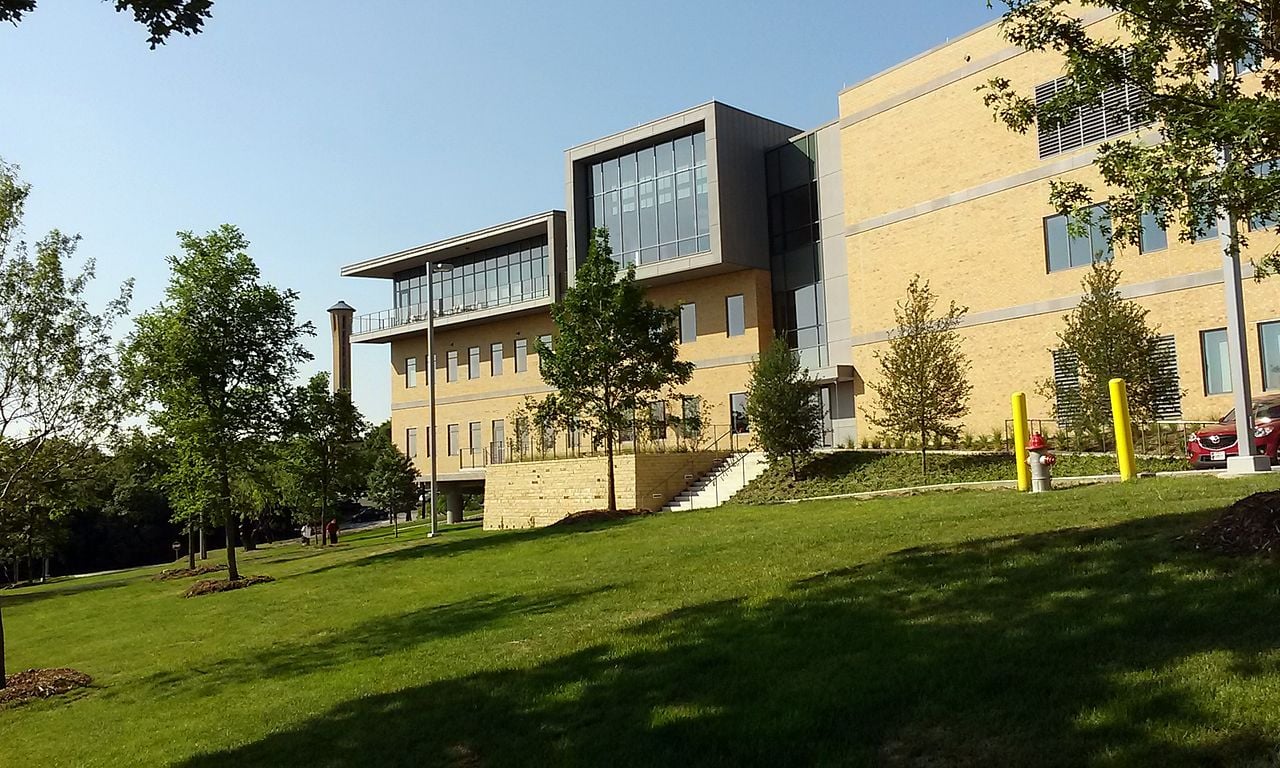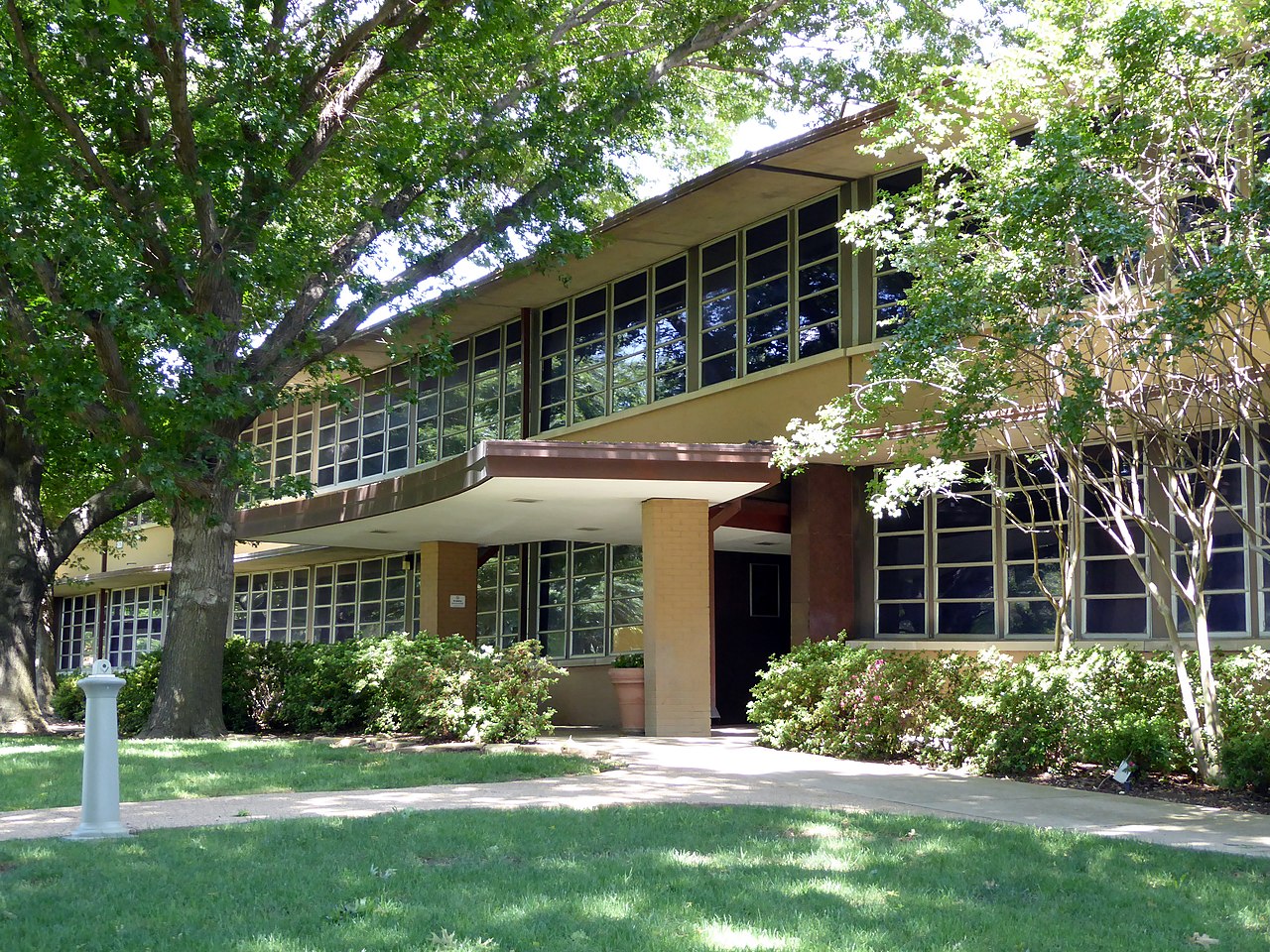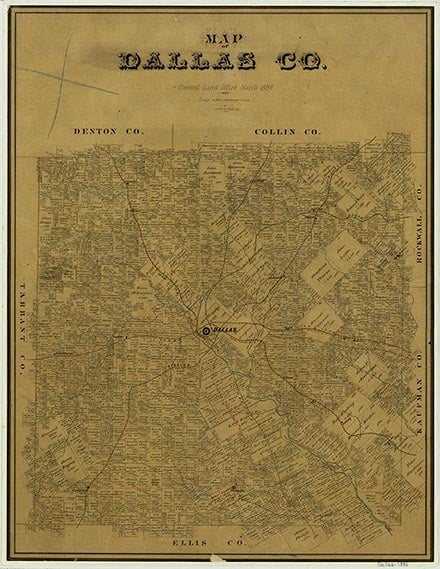University of Dallas

SB Hall, seen with Braniff Tower in the background

Photo of Carpenter Hall

The original charter of the University of Dallas, in Irving, dates from 1910, when the Vincentian Fathers took that name for Holy Trinity College, which they had founded five years earlier. The charter became dormant in 1929 and was placed in the chancery office of the Catholic Diocese of Dallas. In 1954 the Sisters of St. Mary of Namur requested and obtained the charter for the purpose of operating a new institution in Dallas that would absorb Our Lady of Victory College, the junior college operated by the sisters in Fort Worth. The charter was revived in 1955, and efforts were undertaken to fund the new enterprise. However, the projected scope of the institution was sufficient to cause the mother superior of these sisters to withdraw sponsorship. The sisters, together with laymen who were directing the drive for funds—Eugene Constantin, Jr., and Edward R. Maher, Sr.—induced Bishop Thomas K. Gorman to have the diocese take over sponsorship. The institution was to be owned by a board of trustees. Bishop Gorman, as chancellor of the new university, announced that it would be a Catholic coeducational institution welcoming students of all faiths and races and offering work on the undergraduate level, with a graduate school to be added as soon as possible. The new University of Dallas opened to ninety-six students in September 1956 on a 1,000-acre tract of rolling hills northwest of Dallas. The first president, F. Kenneth Brasted, served until 1959; the second, Robert Morris, from 1960 to 1962; and the third, Donald A. Cowan, from 1962 until 1977. In 1976 the board of trustees appointed Bryan F. Smith chancellor to assist Cowan until his retirement and then to oversee the university until the search for a new president was concluded. From 1978 to 1980 John R. Sommerfeldt was president, and in 1981 Robert F. Sasseen became the fifth president of the university. Cistercian Fathers, the Sisters of St. Mary of Namur, three Franciscans, and a number of laymen composed the original faculty of the university. The Franciscans departed after three years. The Dominican Fathers joined the faculty in 1958 and established the Albert the Great Priory. The School Sisters of Notre Dame came in 1962 and established the motherhouse for their southern province on the University of Dallas campus. The Cistercian Fathers now have a permanent abbey and a preparatory school for boys adjacent to the main campus. In time most of the faculty was lay people, of many faiths. Accreditation by the Southern Association of Colleges and Schools came in 1963, was reaffirmed in 1973, and again in 1984. The William A. Blakley Library and Braniff Memorial Library together house the university's resources. A gift of $75 million from the Blakley-Braniff Foundation, named for Senator William A. Blakley and Thomas E. Braniff, established the Braniff Graduate School of Liberal Arts in 1966 and enabled the university to build the Braniff Graduate Center and the Braniff Tower and Mall. The Constantin Foundation endowed the undergraduate college with gifts in 1967 and 1969. In response to these gifts the board named the undergraduate college the Constantin College of Liberal Arts. The Gorman Lecture Center and the Maher Athletic Center were completed in 1965. The Rome Program began in 1970, and a legacy from the estate of Mrs. John B. O'Hara established the Summer Science Institute in 1973.
Holy Trinity Seminary was founded in 1965 and occupied its present facilities adjacent to the main campus in 1967. The Graduate School of Management began in 1966 and by 2001 was the largest MBA-granting program in the Southwest. The graduate program in art was also instituted in 1966. In 1973 the Institute of Philosophic Studies, a doctorate-granting program of the Braniff Graduate School and an outgrowth of the Wilmoore Kendall Politics and Literature Program, was initiated. In 1975 came an addition to the Haggerty Art Center and renovation of the University Center, which was doubled in size. In 1985 the Patrick E. Haggerty Science Center and the Chapel of the Incarnation were built. By 1976 the Translation Center, established by a grant, served as a clearinghouse for translations in progress under the direction of Rainer Schulte. In 1989 the university realized a long-range goal with the purchase of a permanent site for its Rome Program on a twelve-acre estate in I Due Santi near Marino, Italy; there the university maintains classrooms, a student center with a library and chapel, faculty residences, and a three-story dormitory with an adjacent amphitheater. In 1990 Thomas Tschoepe, bishop of the Diocese of Dallas, was grand chancellor of the university. The enrollment was nearly 3,000. Additions had brought to twenty-eight the number of campus buildings. During the 1999–2000 school year, enrollment at the university was 3,211, including 1,184 undergraduates, and the faculty numbered 300. In 2001 the president was Msgr. Milam J. Joseph.
Sister Lois Bannon, O.S.U. | © TSHA

Adapted from the official Handbook of Texas, a state encyclopedia developed by Texas State Historical Association (TSHA). It is an authoritative source of trusted historical records.

- ✅ Adoption Status:
Belongs to
University of Dallas is part of or belongs to the following places:
Date of Founding Notes
Classes first held in 1956
Private Sectarian Ownership Notes
Roman Catholic
People
-
President, Jonathan J. Sanford, Ph.D. 2021–Present
Currently Exists
Yes
Place type
University of Dallas is classified as a College or University
Tags
External Websites
- University of Dallas (Official Website)
Fall Enrollment Count, 2022 View more »
2,328
